In the complex world of gut health, here’s the quick facts on probiotics vs prebiotics. Probiotics are the beneficial bacteria that live in the gut while prebiotics act as their fuel, promoting a balanced gut environment. Read on to learn about how probiotics help your body and what foods are good sources of probiotics vs prebiotics.
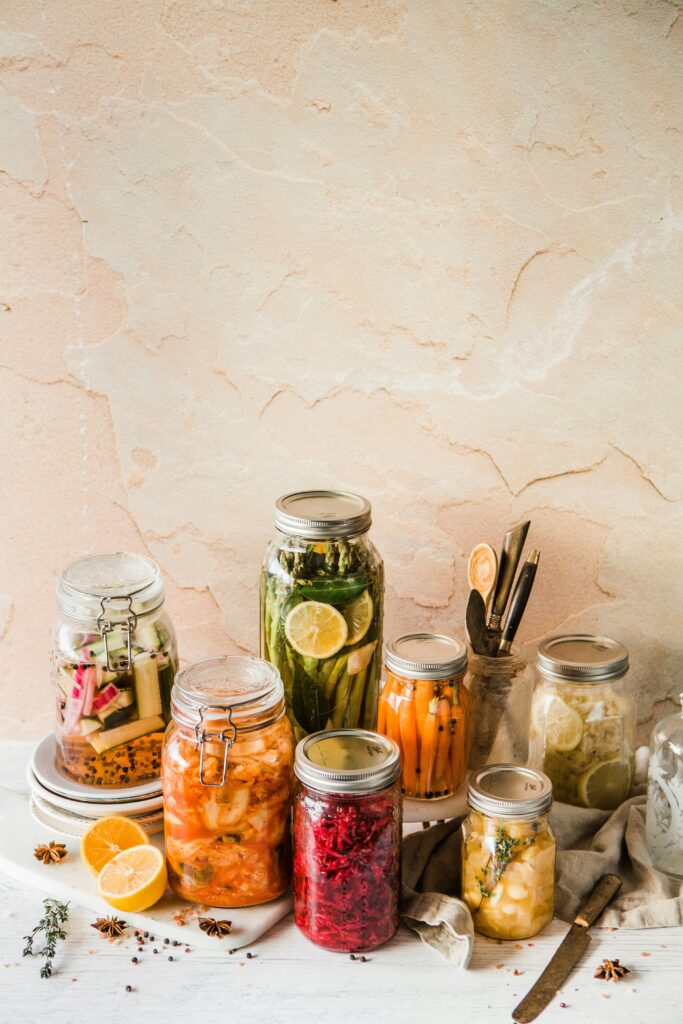
Disclosure: This post may contain affiliate links. All opinions are my own; I never feature a brand that I don’t love! See my disclosure policy for more details.
(This post is written by Cheerful Choices contributor, Maddy Kachelmuss.)
Table of Contents
What are probiotics vs prebiotics?
- Probiotics: Live microorganisms (aka good bacteria) that support a healthy gut and body
- Prebiotics: Food for the probiotics, helping the probiotics grow.
Together they contribute to the gut microbiome (aka the gut flora) which refers to all of the bacteria that live in the gastrointestinal (GI) tract. This microbiome is home to over 4,000 species of bacteria! This adds up to over a trillion microorganisms which work together to maintain a balanced environment.
The composition of the probiotics residing in the gut is super individualized. It’s shaped by each person’s unique daily habits and lifestyle choices. This means factors like what you eat, drink, the medicines you take, and physical activity matter.


How do probiotics support the body?
A balanced and diverse microbiome supports your body in many ways. Common functions probiotics help carry out include:
- Digestion
- Convert food to energy
- Support immune system
- Fight off infections
- Makes vitamins
By fulfilling these vital functions, probiotics contribute significantly to overall well-being and resilience of the body.
Probiotics and mental health
The gut microbiome impacts not only your physical health, but your mental health as well. There is something called the gut-brain-axis, where the gut and brain can communicate with one another sending signals back and forth.
There are neurons that line our gut, and recent research suggests these neurons may help to regulate our mood and may help improve symptoms of depression and anxiety. However, more research and larger long-term studies are needed to apply these findings to everyone.
What are the different probiotic strains?
A probiotic “strain” refers to a specific type of bacteria or yeast. These different strains can have various effects on the body, but all strains promote gut health. Some of the most common strains that you might see on nutrition labels or in research are:
- Lactobacillus
- Bifidobacterium
- Saccharomyces
While there are more strains beyond those listed, becoming familiar with these common ones can provide a foundation for understanding these vast microbial communities that help support all of us.
What does an unbalanced gut look like?
An unbalanced gut can manifest in various ways, not only affecting digestion but overall well-being. Around 40% of people worldwide have some type of gastrointestinal disorder. Studies reveal that an imbalanced gut microbiome, also known as dysbiosis, correlates with numerous health issues.

What we eat plays a crucial role in the gut environment. Diets high in sugar and low in fiber tend to exacerbate gut dysbiosis. Additionally, lifestyle factors such as medication usage like antibiotics, exercise levels, and bowel movement frequency can influence gut health.
The repercussions of an unbalanced gut extend beyond digestive discomfort, with links to conditions like:
Okay, that’s the bad news. Now the good news: Recognizing the impact of consuming foods for a healthy gut may be key towards improving your overall well-being. Let’s discuss some foods that you might want to start with.
Probiotic Food Sources
Probiotics are present in a variety of fermented foods. The fermentation process is really facilitated by microorganisms like bacteria, yeast, and mold. These tiny organisms play a key role in breaking down the components of food, leading to the development of unique flavors, textures, and nutritional profiles.
Here are some common probiotic-rich foods to try:
Kimchi
Kimchi is a traditional Korean fermented vegetable, typically cabbage, with added seasonings.
- How to use it: It can be enjoyed as a side or incorporated into other dishes like rice, noodles, eggs, and dumplings.
- Health benefits: Recent research suggests that kimchi consumption may offer protective effects against cancer and obesity.
Yogurt
Yogurt is a dairy product made by fermenting milk with live bacterial cultures.
- How to use it: It can be eaten plain, layered into a mason jar parfait, blended into smoothie bowls, or used as a base for a dip.
- Health benefits: Many studies have shown that eating yogurt is associated with a reduced risk of certain cancers (breast/ colorectal) and type 2 diabetes. It has also been tied to better weight management and improved heart, bone, and gut health.
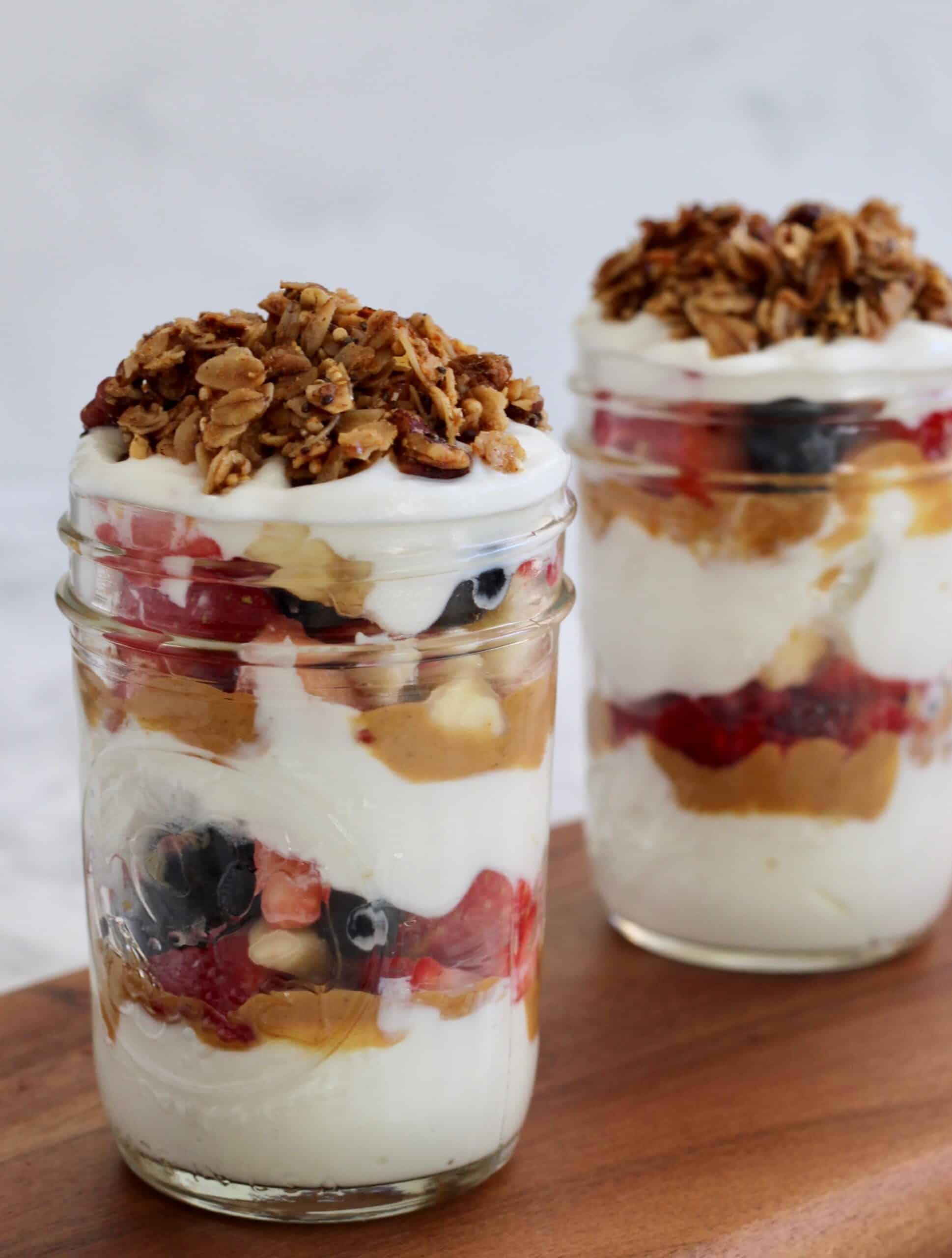
Tempeh
Tempeh is a traditional Indonesian food made from fermented soybeans.
- How to use it: It can be sliced, marinated, and used in various dishes like stir-frys, sandwiches, or salads.
- Health benefits: Research suggests tempeh could aid in regulating blood sugar levels, promote heart health, lower blood pressure, and exhibit antidepressant effects. These studies around tempeh are limited, so more research is needed to confirm these findings.
Sauerkraut
Sauerkraut is a tangy, fermented cabbage.
- How to use it: It’s commonly used as a condiment or side dish. Sauerkraut can be added to sandwiches, mixed into salads, or served alongside meats.
- Health benefits: Eating sauerkraut has been shown to promote digestion, reduce cholesterol levels, and improve overall intestinal function.
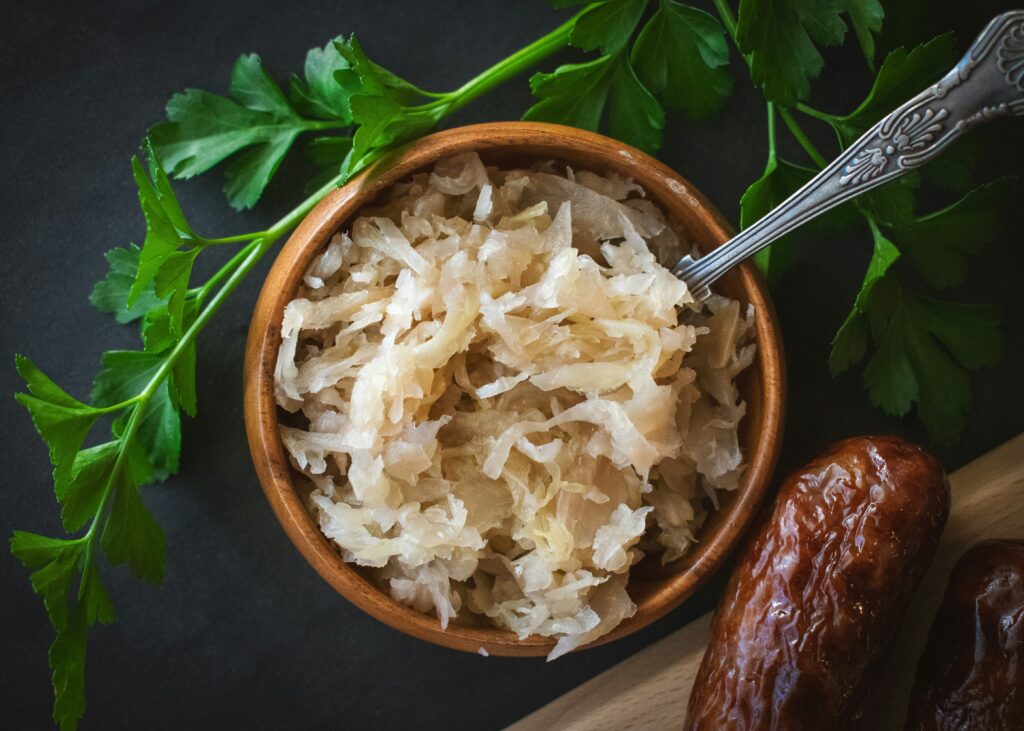
Kombucha or Kefir
Kombucha is a fermented tea drink, while kefir is a fermented milk drink.
- How to use it: Both can be consumed on their own as a beverage or used in sauces and dressings.
- Health benefits: Studies indicate that the probiotics found in kefir offer antimicrobial and anticancer properties, while also aiding in immune system regulation.
Other fermented foods include some cheeses (cottage cheese, swiss, provolone, cheddar), pickles, miso, and sourdough bread. When choosing cottage cheese look for the words “live and active cultures” on the label to ensure it contains probiotics, as some varieties made with vinegar lack these beneficial strains.
Prebiotic Food Sources
Prebiotic foods such as legumes, vegetables, fruits, nuts, seeds, and whole grains are rich in fiber. While fiber remains undigested by our GI tract, the probiotics in our gut are able to digest this fiber, aiding in their growth and supporting gut health.
These prebiotic foods not only promote gut health but emerging research suggests they may also support mood. Colorful vegetables, abundant in phytonutrients, contribute not just to physical health but may also play a vital role in fostering a positive mood and supporting brain health.

Additionally, incorporating whole grains into a balanced diet has been linked to lower depressive symptoms and improved mood and anxiety scores. This highlights the importance of including a diverse array of food groups and fiber-rich foods into your daily intake.
Here’s a few to consider starting with. This is the grams of fiber per cup.
Legumes
- Split peas (16 grams)
- Lentils (15.5 grams)
- Black beans (15 grams)
- Navy beans (13 grams)

Nuts and Seeds
- Chia seeds (10 grams)
- Almonds (3.5 grams)
- Pistachios (3 grams)
- Sunflower kernels (3 grams)
Vegetables
- Peas (9 grams)
- Broccoli (5 grams)
- Brussel sprouts (4.5 grams)
- Potato (with skin) (4 grams)
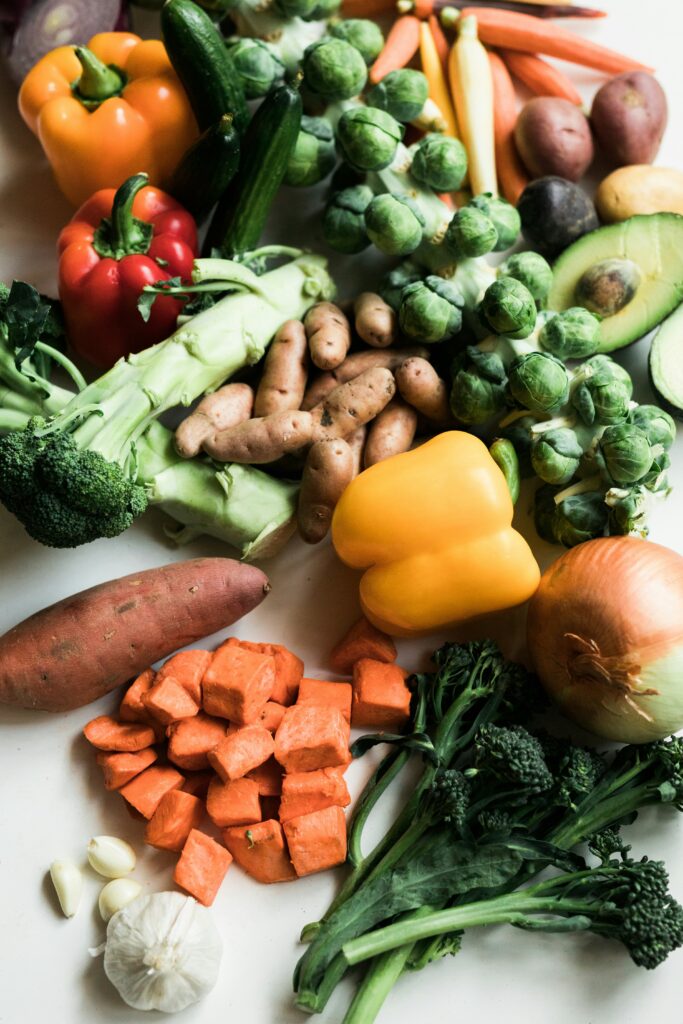
Fruits
- Raspberries (8 grams)
- Pear (5.5 grams)
- Apple (with skin) (4.5 grams)
- Banana (3 grams)
Whole grains
- Spaghetti, whole wheat (6 grams)
- Barley (6 grams)
- Quinoa (5 grams)
- Brown rice (3.5 grams)

Why getting a variety matters
Different strains of probiotics are found in different food sources. That’s why it’s important to try and eat a variety of probiotic-rich foods as they support your body in different ways. Try pairing probiotic rich foods with prebiotic rich foods for a boost to your gut environment.
Probiotic + prebiotic pairings to try:
- Greek yogurt (probiotic) + raspberries (prebiotic)
- Kimchi (probiotic) + brown rice (prebiotic)
- Tempeh (probiotic) + lentils (prebiotic)
Considering supplements
For individuals with dietary restrictions or signs of gut imbalance, supplements may be beneficial. Picky eaters or those experiencing digestive discomfort may find supplements a convenient solution to bridge those nutritional gaps.
Supplements can come in pills, powders, or even liquids that contain live beneficial bacteria. Each probiotic supplement contains different strains and amounts of probiotics.
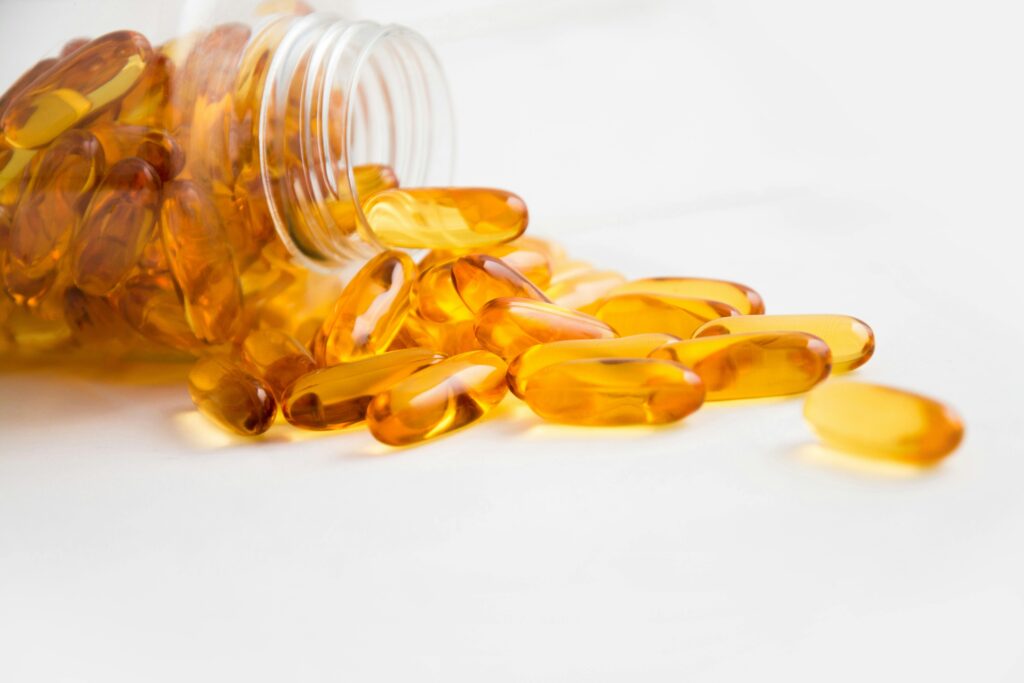
For more information on choosing the right supplement for you, check out this guide from VeryWell. If you’re looking for more, here are the top probiotic supplements of 2024, according to a dietitian.
There’s also this more in-depth probiotic guide that breaks down common probiotic supplements (such as Bio-K and GoodBelly) and their recommended uses.
Like always, be sure to talk to your doctor or dietitian to help determine the best fit for you.
How can I find out the make-up of probiotics in my gut?
If you’re interested in what strains of probiotics that make up your unique gut microbiome, there are tests you can get done through your doctor, or at-home kits you can order online. It requires a stool sample that is analyzed for the different strains of these bacteria present. Exploring your gut microbiome through these tests can provide valuable insights to your digestive health and help inform personalized dietary and lifestyle choices for optimal well-being.
What are your favorite probiotic food sources? Let us know in the comments!
Need more help with recipes for your busy schedule?
In my coaching + cooking program, I help busy people with beginner cooking knowledge become confident in the kitchen so that they can enjoy nourishing foods they love and stress less about mealtime. Click here to learn more about this virtual program led by a dietitian.
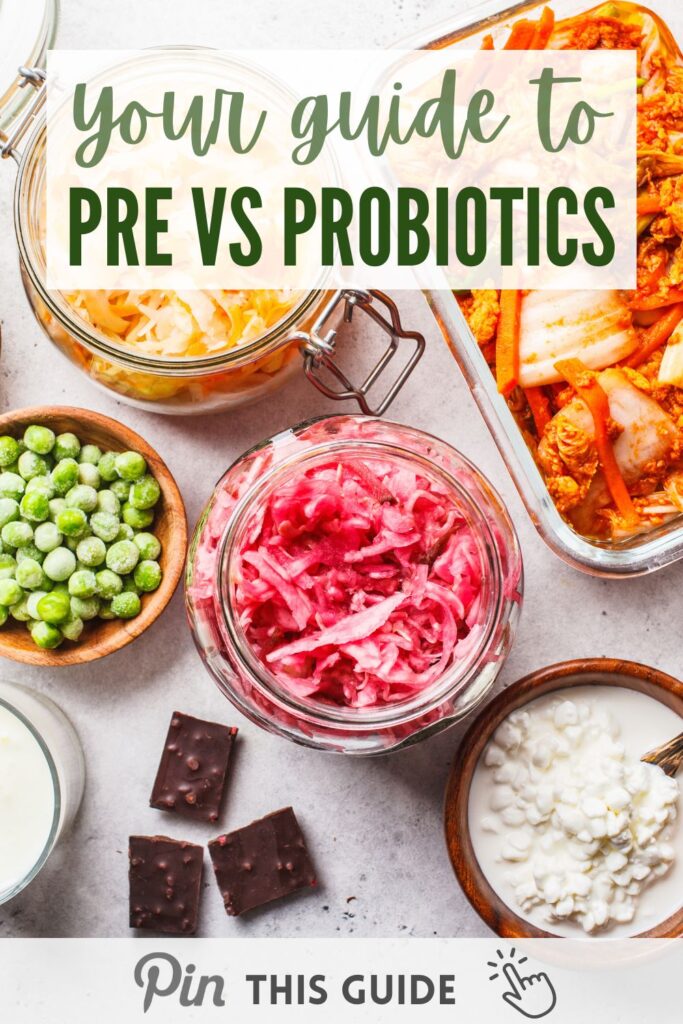

About the guest contributor: Maddy is a dietetic student from Crystal Lake, Illinois currently pursuing a Master’s degree at Illinois State University, with the goal of becoming a registered dietitian. With a passion for empowering others to live their best lives through nourishing meals and movement, Maddy believes in the transformative power of wholesome nutrition. Beyond her academic pursuits, she is a nomad at heart, currently embracing a life of adventure on the road in her tiny home. Always ready to explore the unknown and embrace change, she finds joy in the journey and values the present moment. Follow along with Maddy’s adventures on Instagram and Youtube.

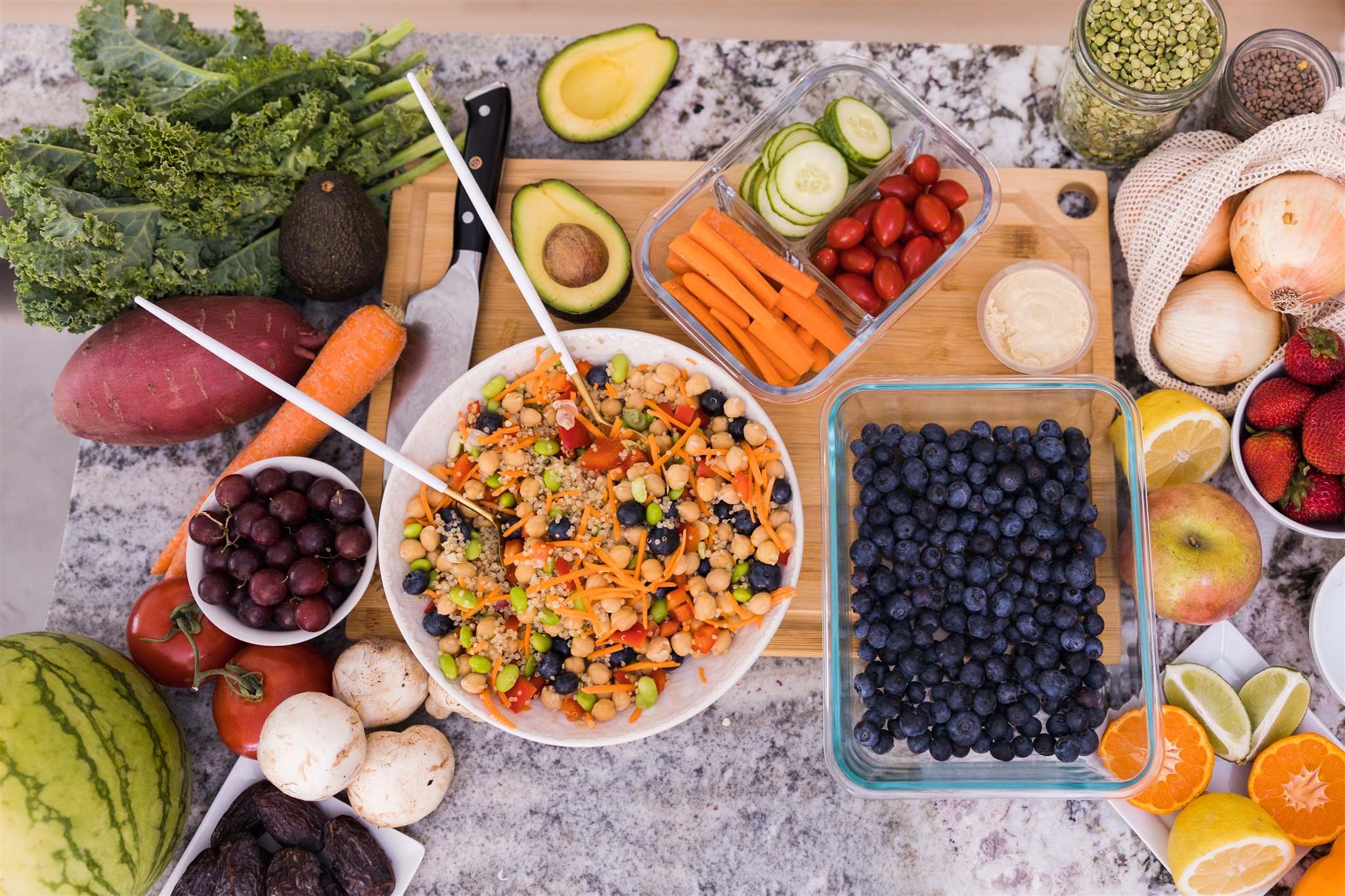





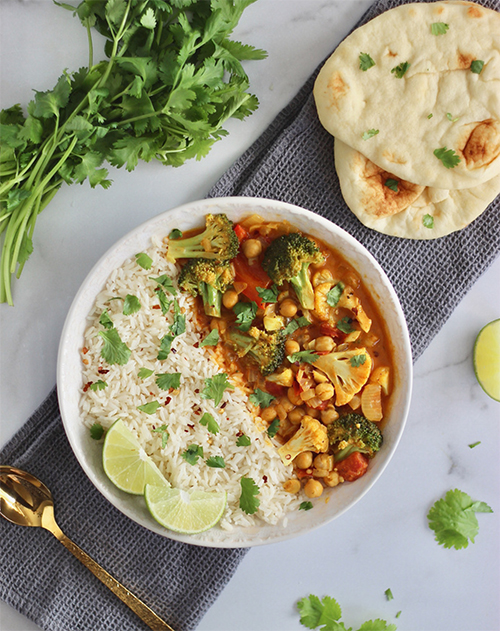
0 Comments